Nita Ambani Is Creating Mumbai's Future One Building at a Time
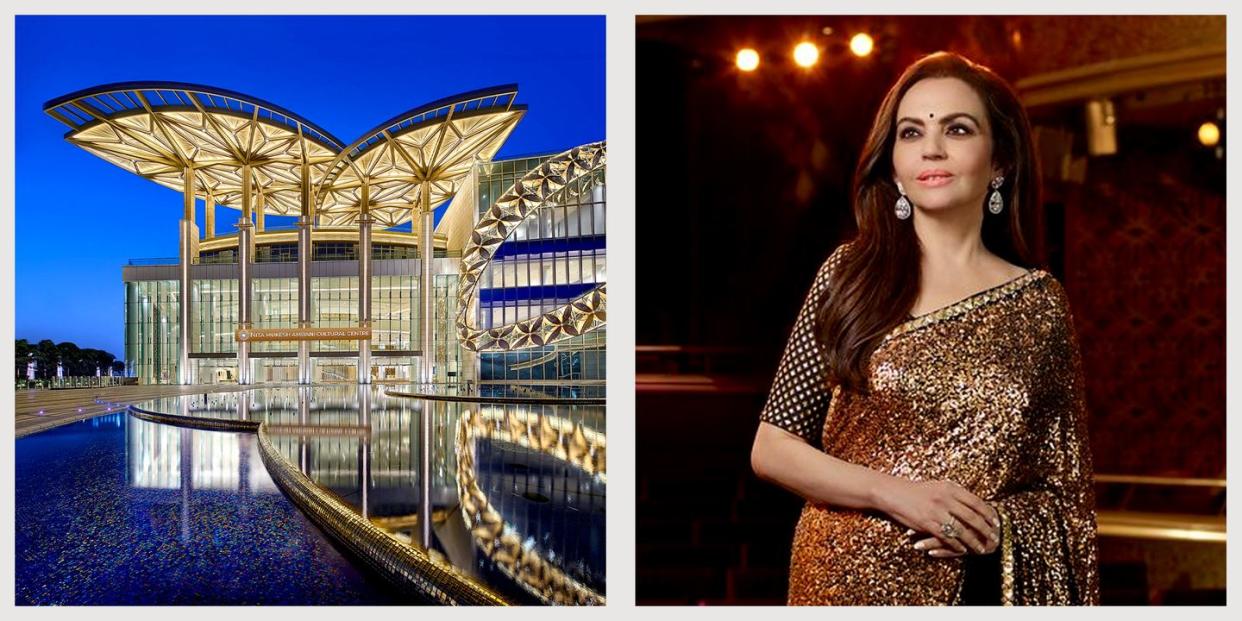
- Oops!Something went wrong.Please try again later.
- Oops!Something went wrong.Please try again later.
- Oops!Something went wrong.Please try again later.
“I’m a passionate Indian,” Nita Ambani is fond of saying. She has channeled that passion into an ever-expanding array of initiatives, activities, and institutions that are as humanitarian as they are patriotic. Ambani, among other things, is the first Indian to be appointed an honorary trustee of the Metropolitan Museum of Art, in New York, and she has sponsored exhibitions there and at the Art Institute of Chicago. She developed India’s professional soccer league and is the first Indian woman to be elected to the International Olympic Committee. She owns the Mumbai Indians, the most successful cricket team in the Indian Premier League. She founded an international school and a nonprofit hospital in Mumbai, each considered the best of its kind in India. Many of these projects, and countless more, fall under the aegis of the Reliance Foundation, which Ambani established in 2010. It is a broad philanthropic effort that has touched millions of lives. Under Ambani’s leadership the foundation has been engaged in everything from rescuing Indian elephants to cultivating world class athletes to fighting the coronavirus pandemic. This month it will unveil what is billed as India’s top cultural and performing arts facility, the Nita Mukesh Ambani Cultural Centre, in the Bandra Kurla Complex district of Mumbai.
“These have been such joys in my life,” Ambani told me when I went to see her in Mumbai, the city where she grew up and still lives. Her fervor has made tangible impacts on 21st-century India, a country that is poised to pass China as the most populous on Earth. (The population is nearing 1.5 billion, with about 21 million living in and around Mumbai, India’s biggest city and financial capital.) Ambani’s work with the Reliance Foundation is entering a new phase, matching India’s growth and presence on the world stage with efforts that promise to have a global ripple effect.
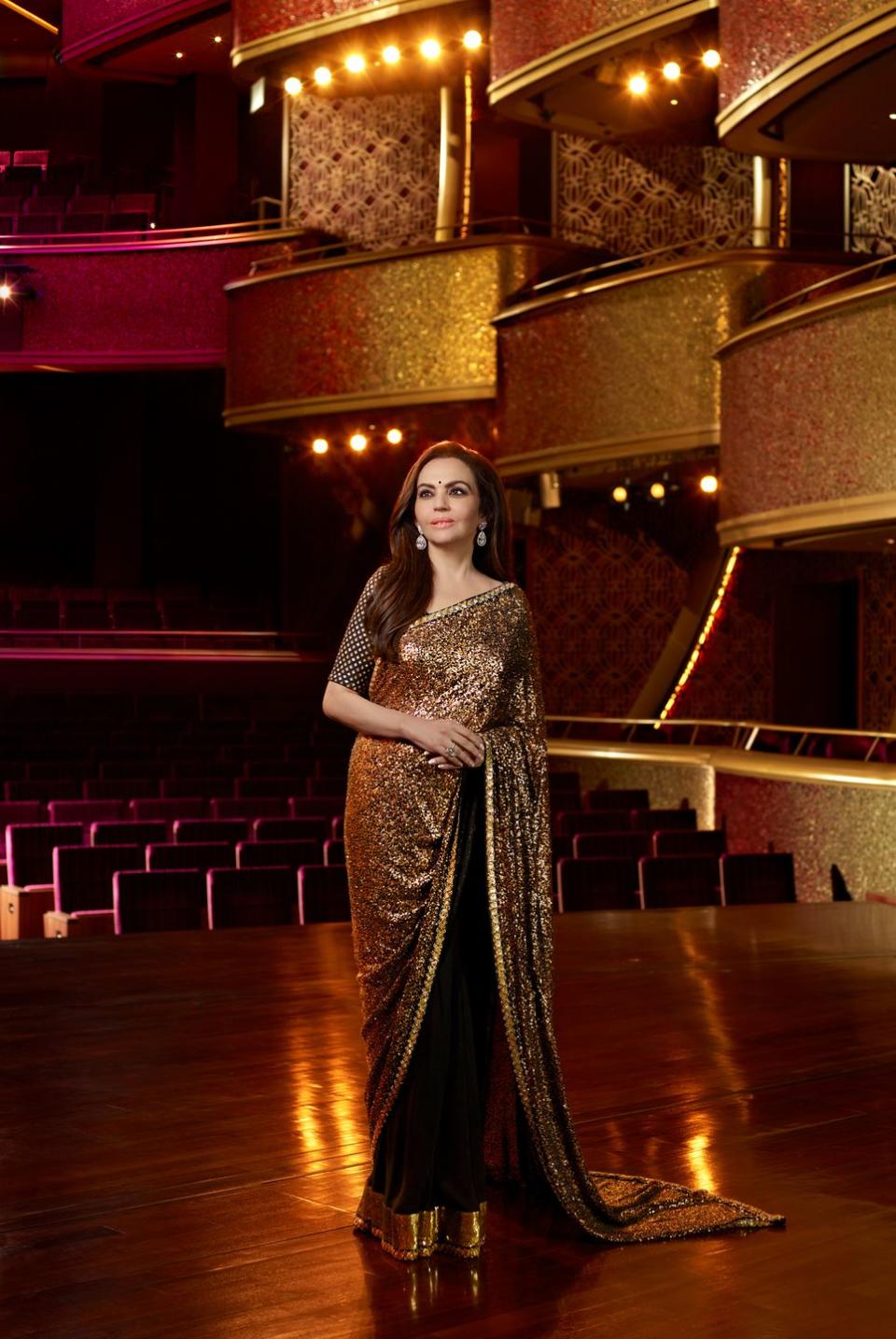
Ambani, who trained as a classical Indian dancer, is turning 60 this year. She is the wife of Mukesh Ambani, the chair and managing director of Reliance Industries, a sprawling conglomerate that his late father, Dhirubhai Ambani, founded as a textile firm in the 1960s. Under the younger Ambani’s direction, the company has grown to encompass energy, petrochemicals, and telecommunications. Mukesh’s younger brother, Anil, runs the Reliance Group; the two wings of the Ambani family, perennial fodder for India’s tabloids, are known for not getting on terribly well. Of the brothers, Mukesh is arguably the more sober-minded one. He is, in fact, currently the richest person in all of Asia and the 11th-richest in the world, with a net worth in the range of $85 billion.
To the casual googler, the Ambani family might be best known for building and occupying what is considered the second-most expensive house in the world—Buckingham Palace being the first. It is called Antilia, and it rises 568 feet above the clamor of Mumbai’s Cumbala Hill neighborhood like a modernist Jenga tower, symbolizing the skyward aspirations not only of the Ambanis but of India itself. The house is a 21st-century version of a Fifth Avenue robber baron mansion: enormous and in your face. As in the Manhattan of Edith Wharton, there has been a predictable amount of tut-tutting about it in Mumbai ever since it went up 11 years ago. And like the Vanderbilts of yore, the Ambanis don’t seem to give a hoot.
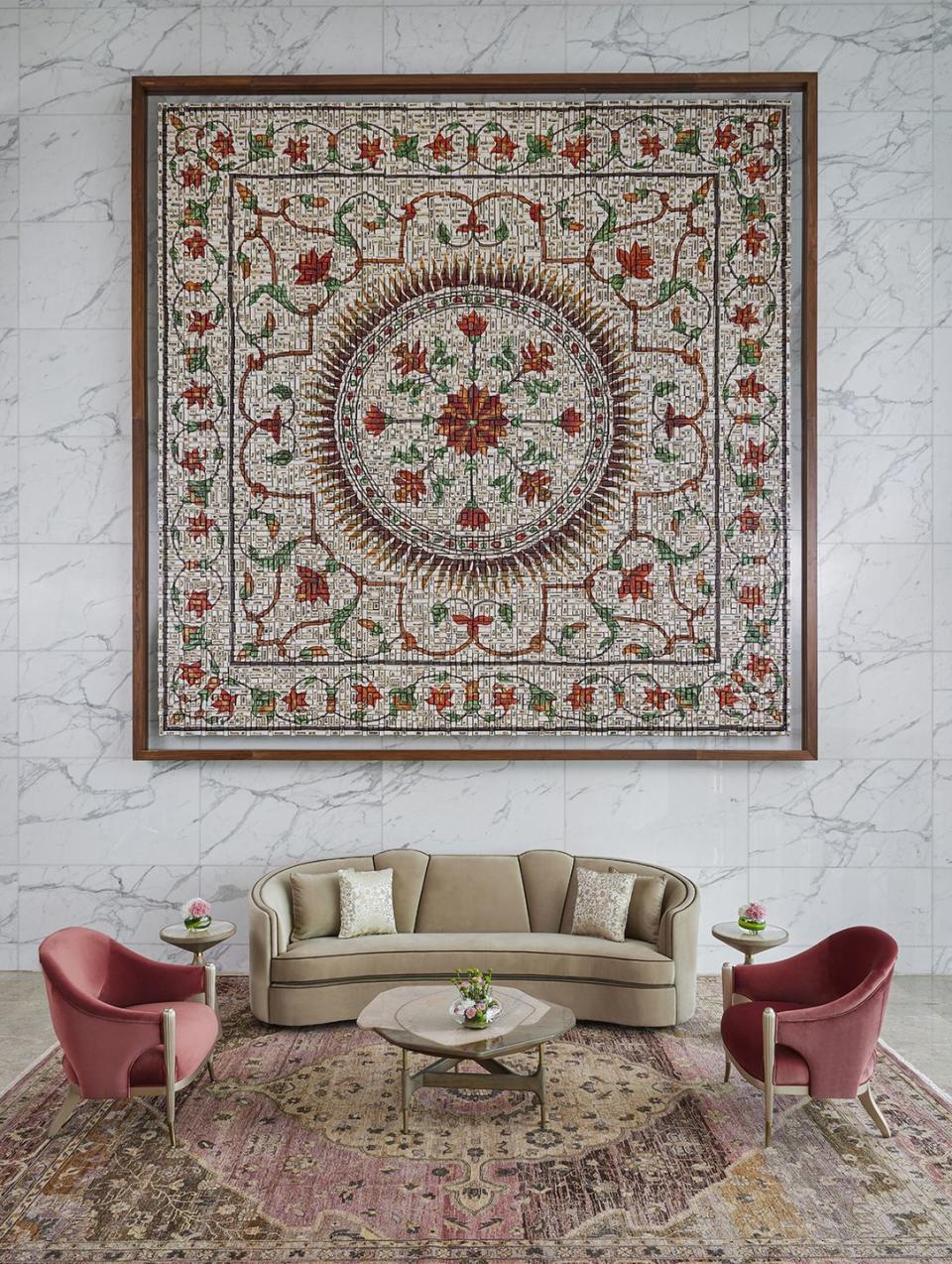
After all, Nita and Mukesh Ambani (who have three adult children: twins Isha and Akash and a younger son, Anant, along with three grandchildren, including twins born last November) are modern India’s embodiment of giving back. Nita, in American terms, is something like a combination of Melinda Gates and Jackie Onassis: do-gooder nonpareil and national icon. Fortune India has labeled her the country’s Most Powerful Woman. When I met her she was impeccably resplendent in a blue tailored suit with flashing diamond earrings, and she projected an aura of serene good taste and supreme purpose. But she wore it lightly, with graciousness and charm, qualities that her friends and associates often speak of. She is the kind of person who is not embarrassed to reveal that she has seen The Lion King on Broadway 11 times.
“Beyond her generosity and smarts, the wow factor about Nita is her warmth and dynamism,” Candace Beinecke, a co-chair of the Met’s board of trustees, says of Ambani. “You simply want to be in a room with her. Nita is the whole package.”
Now, with the opening of the Nita Mukesh Ambani Cultural Centre, Mumbai, which has a vital cultural life but is strapped for cutting-edge facilities, could perhaps finally host a production like the ones Ambani has seen on Broadway. With three state-of-the-art theaters and art exhibition spaces, it represents the finishing touches and crown jewel in a larger development project called the Jio World Centre, which is where we meet. The NMACC opens at the end of March with a gala atmosphere, featuring a fashion exhibit curated by World of Interiors editor Hamish Bowles, a musical developed by the Indian playwright and filmmaker Feroz Abbas Khan, and an art show curated by the American gallerist Jeffrey Deitch and the Indian poet and critic Ranjit Hoskote. When I ask Deitch about Ambani’s philanthropy, he says, “It’s a whole vision, a complete cultural and social program.” As for the NMACC, he says, “It certainly sets a new standard. There’s nothing like this in India, with this international focus.”
The center’s mission—local yet global—could revolutionize Mumbai’s position in the cultural ecosystem. “To have everything under one roof, performing arts and visual arts,” Ambani says, “is going to put a spotlight on all kinds of artists, not only from India but from the world.”
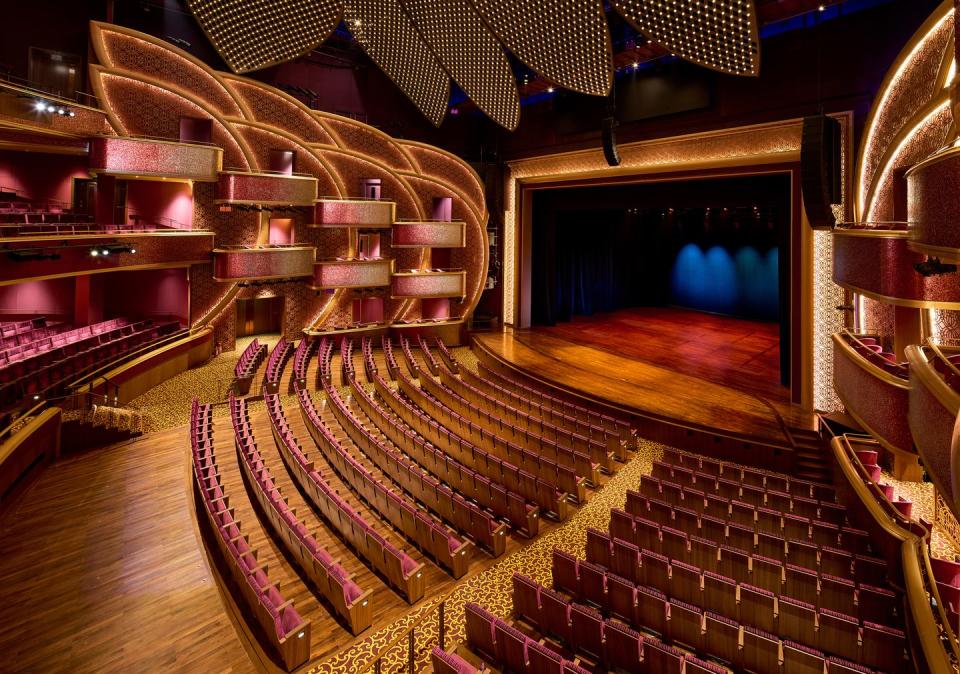
Ambani was born Nita Dalal and grew up in a traditional “joint family”—her parents and sister combined with relatives totaling 12 women and girls—in a suburban Bombay bungalow. (The city became Mumbai in 1995.) Ambani speaks fondly of her old neighborhood, painting a picture of shady lanes and kids zipping around on bikes. “I do miss the quaint Bombay,” she says. Her father was an executive at a multinational and her mother was a folk dancer. “The first time I saw her onstage, I cried my head off,” Ambani recalls. “I didn’t know what she was doing!” Yet Nita took up dance, training in classical Bharatanatyam and making her performance debut at age six. She continued dancing even while majoring in commerce at Narsee Monjee College, part of the University of Mumbai. That was where she met Feroz Abbas Khan, the future playwright, who remembers her from that time as “the finest dancer who was there.” The pair started their own hand-to-mouth theater company, barely scraping by. As Kahn says, “She is at heart an artist.”
Following college, Nita began a career as a teacher, working in a school by day while performing at night. On one such evening, Dhirubhai Ambani happened to be in the audience. He was captivated by the young dancer and resolved that she should be the wife of his older son, Mukesh. The next day, Nita was at home when the phone rang. The person on the other end claimed to be Dhirubhai Ambani. Assuming it was some clown, Nita hung up. On the third try, the Reliance founder convinced her that he wasn’t a prank caller.
The ensuing courtship was swift. Nita and her family were invited to the Ambani residence, where Mukesh greeted them upon arrival. Like Nita’s family, the Ambanis were Gujarati, so they shared customs and language. Instead of being overwhelmed by the Ambanis’ wealth, Nita was poised and secure; she had been brought up in a solid family and had cultural heft. The Ambanis, including Mukesh, were smitten. At the wedding, in 1985, Nita wore the traditional Gujarati wedding garment composed of two saris: the panetar, representing her family, and the gharchola, representing her husband’s. She insisted on keeping her teaching job.
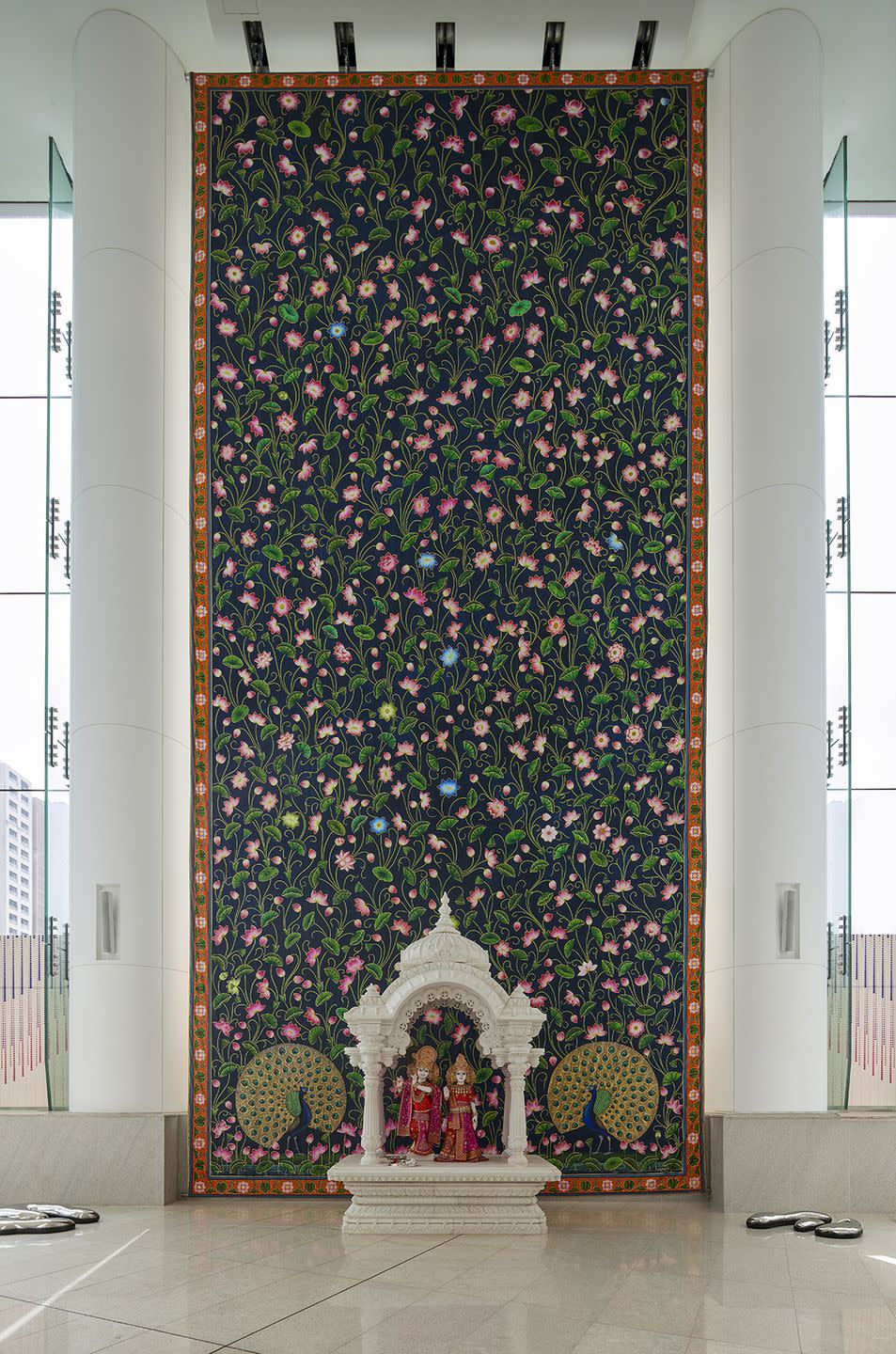
What followed was a life in public as the wife of one of India’s leading scions. In 1991 the couple, having availed themselves of IVF, welcomed their twins, Isha and her brother Akash, who were born at Yale–New Haven Hospital. Four years later Anant was born. Nita stepped away from teaching to raise her family, and by the dawn of the new millennium she had already begun to be a major philanthropist, directing the Ambanis’ good fortune toward India as a whole. “There are three very important parts of her life,” Khan observes. “Education, health, and the arts. The education expands the mind, the medicine heals the body, and the arts nourish the soul. And she is doing all three of them.”
In 2003 Ambani founded the Dhirubhai Ambani International School, India’s first true international school, in Mumbai’s then-undeveloped Bandra Kurla Complex area. “When I came and saw the plot here, there was nothing,” Ambani says. “Just empty places where cows and sheep would graze.” Twenty years later DAIS has about 1,100 students, from kindergarten to 12th grade, and is expanding into an adjacent high-rise that, when it opens this fall, will accommodate another 700. “Education is about giving tools,” Ambani has said, and the education here, at one of India’s top international baccalaureate schools, propels graduates to Oxford, Stanford, Columbia, and the like. (Ambani’s idea caught on: There are now more than 100 international schools in India.) In the meantime the Reliance Foundation has been developing the Jio Institute, a startup university on the outskirts of Mumbai with a burgeoning academic program and plans for a parklike campus. The goal is to make the financial hub of Mumbai a knowledge hub as well.
In 2014 Ambani’s father died after being in a coma for five years. The experience of visiting a hospital for all that time left its mark on her. “There was not a single window,” she tells me. “And I said, ‘When I build a hospital, I want all that to change.’ ” She jumped into healthcare. The result is the Sir H.N. Reliance Foundation Hospital, a Mumbai institution founded in 1925 that Ambani transformed into a nonprofit facility combining the latest technology with empathic care. Ambani oversaw details down to the color of the drapes, demanding that rooms be designed to accommodate entire families and, true to her promise, that public and private areas be saturated with natural light. “This is a paradigm shift in the way healthcare is delivered in India,” says Dr. Vijay V. Haribhakti, the head of the oncology department. The Reliance Foundation Hospital has earned the highest rankings in India, providing much-needed service to the poor, the young, and the underserved. (Sports is another important category in Ambani’s health philanthropy. One day I trekked out to the Reliance Foundation Young Champs soccer academy, which she founded in 2015 as a full-scholarship residential training camp for teens. The scrimmagers looked as if they could give Arsenal a run for its money.)
Last April, Ambani opened the Jio World Centre. The mammoth structure, India’s largest convention center, is turned out in white, gold, and cream, with marble floors and the ornate grillwork known in India as jaali. The three exhibition spaces, two convention halls, and one grand ballroom—suitable for Bollywood galas or auto shows or art fairs—add up to more than 300,000 square feet. It boasts the world’s largest passenger elevator, which could work as a floating café if anyone cared to put tables in it. The concourses are filled with art, from a Yayoi Kusama floor installation to a 56-foot-tall decorative Pichwai painting, with peacocks and vines, of the type found in Hindu temples. The Jio World Centre—part Versailles, part Vegas, part Kennedy Center—is far easier on the eyes and soul than a convention center has any right to be. This is, after all, the civilization that built the Taj Mahal. The Ambanis have made a bet that the center will be a must-see for visitors to Mumbai and, in fact, play a role in drawing international travelers. In a way, it’s a 21st-century Gateway of India, Mumbai’s famous landmark. “I do hope this becomes a hub,” Ambani says. “You can’t ignore a billion people of the world, right?”
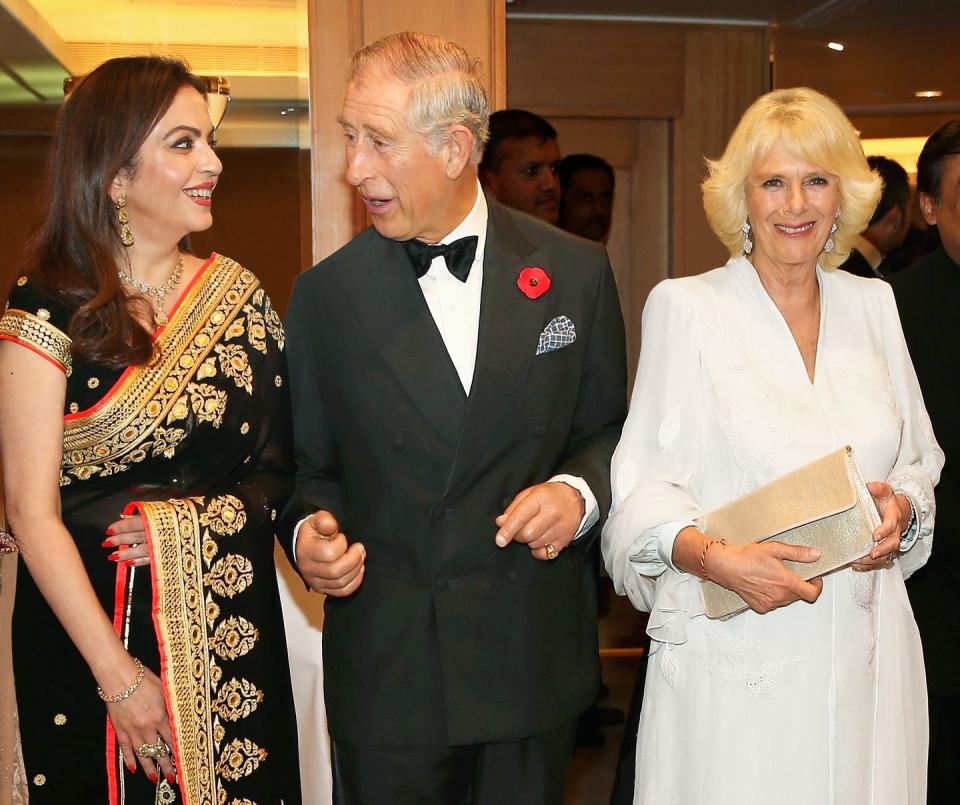
At the end of March, Mumbai’s doors will swing open with the kickoff of the Nita Mukesh Ambani Cultural Centre, situated on the northern flank of the Jio World Centre. You enter the NMACC through a broad piazza, Dhirubhai Ambani Square, with its Fountain of Joy, the site of nightly shows that draw huge crowds (geysers spurting to the beat of “Dancing Queen” and Bollywood hits). Once inside, you encounter the 2,000-seat Grand Theatre, with its bespoke Swarovski crystal lotus petal ceiling. It’s next-level for India, if not the world. “Many of the theaters in the West will not be able to update themselves with this level of technology,” Khan tells me.
His multisensory revue, Civilisation to Nation: The Great Indian Musical, which condenses millennia of Indian history into 90 minutes, will christen the theater, one of three shows inaugurating the cultural center. It is joined by “India in Fashion,” a costume exhibition tracing the country’s influence on global style that Ambani conceived and Hamish Bowles curated. “Sangam/Confluence,” co-curated by Jeffrey Deitch and Ranjit Hoskote, opens the Art House exhibition space and highlights connections between artists from India, including the Pop-inflected Bhupen Khakhar, and those from the West, such as Cecily Brown and Anselm Kiefer, who are showing their work in India for the first time. The Ambanis are well-known collectors, and the Art House will raise their profile while making Mumbai a stop on the international art trail. “In the coming years,” Deitch says, “Mumbai is just going to have more and more influence.”
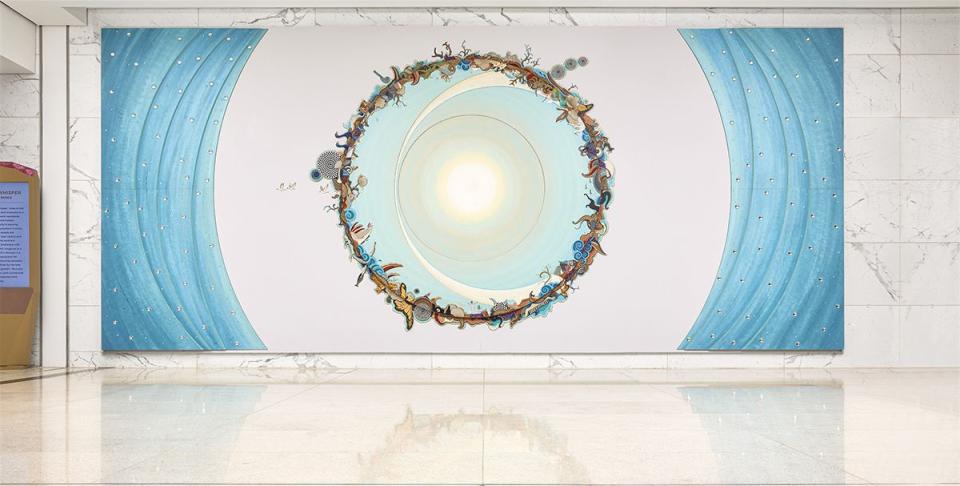
The city that Ambani has always called home is these days festooned with construction cranes. Aside from the Jio World Centre, there are massive infrastructure projects everywhere you look, including Verrazzano-style bridges and a subway system with brand new additions. For a city of Mumbai’s history, size, and stature, it’s a bold reinvention.
“In the next two years, everything will be complete,” Ambani says with a mix of civic pride and genuine wonder, glancing out one of the center’s windows to take in the evolving skyline. “It will be like a new city,” she says, “a whole new Mumbai.”
This story appears in the April 2023 issue of Town & Country. SUBSCRIBE NOW
You Might Also Like

